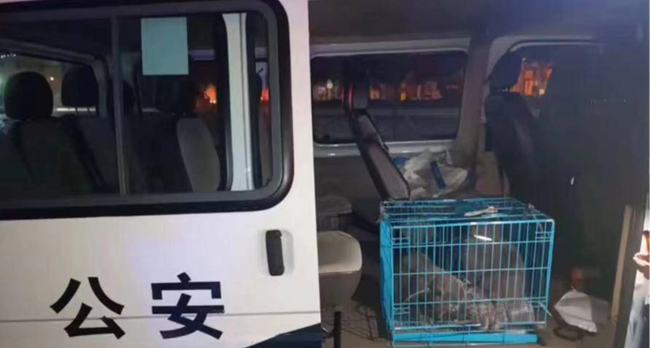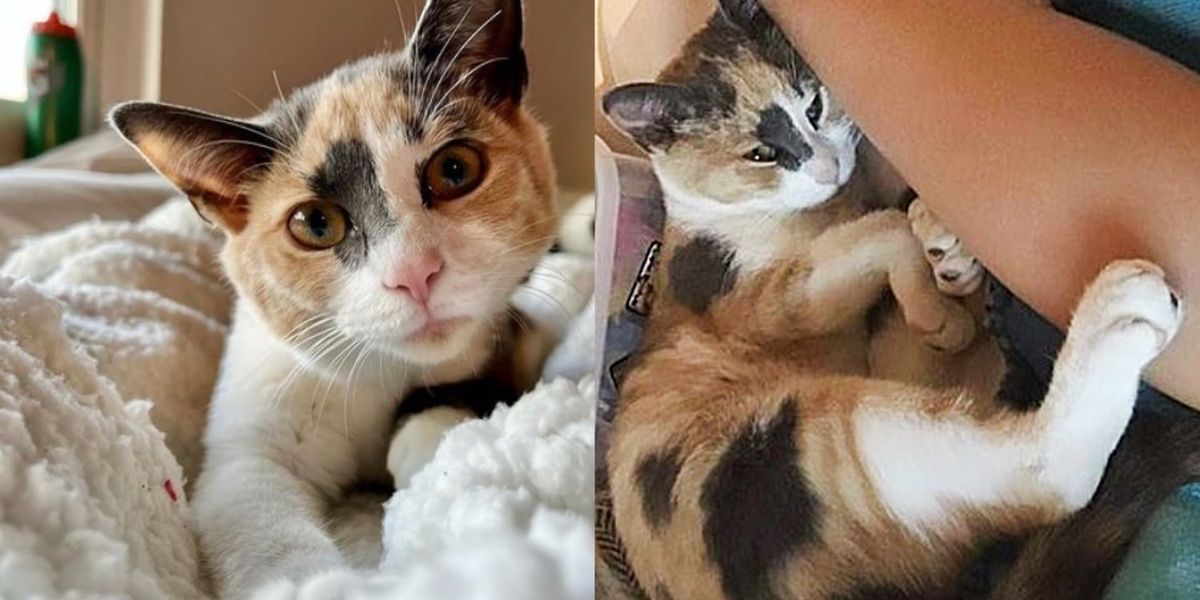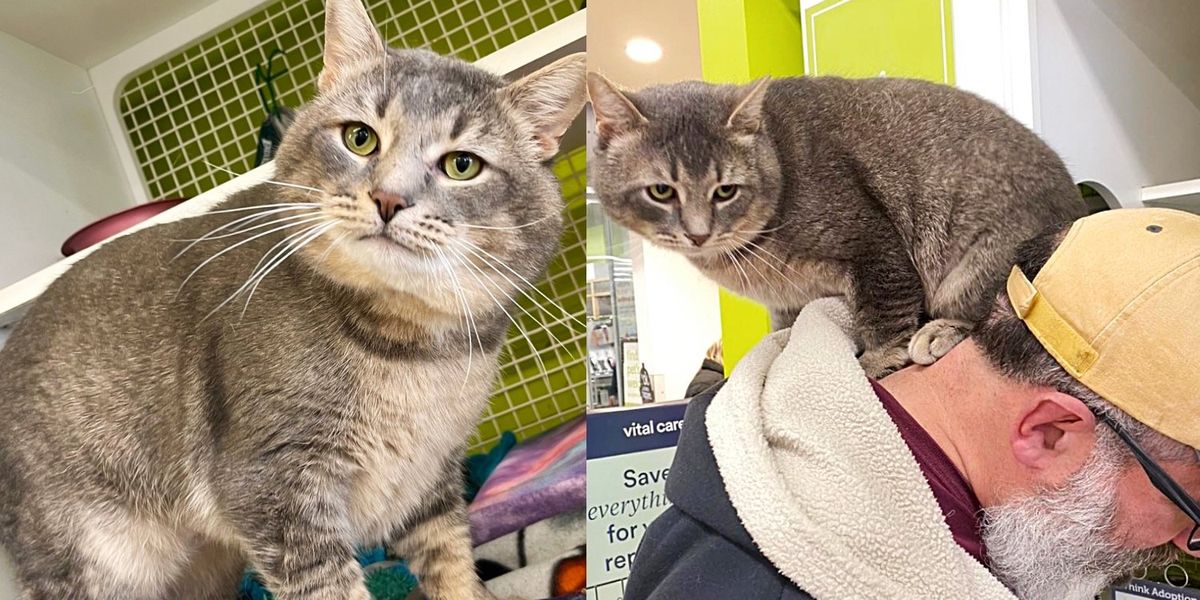When people think of animals that have flown into space, they usually think of Laika, the famous dog who flew into space. Few people will mention Félicette, a “cadet” cat who also performed a similar mission but was forgotten.
In October 1963, a small black-and-white cat named Félicette traveled where no cat had gone before—outside the Earth. But why was Félicette overlooked while Laika was so beloved? Maybe it was because her rocket looked like a “firework” compared to Laika’s giant, powerful rocket. Or maybe it was because she only flew to the edge of space, on the same orbital flight that today’s billionaires can fly to if they have the money. Félicette’s story is both brilliant and sad because it has never received the recognition it deserves.
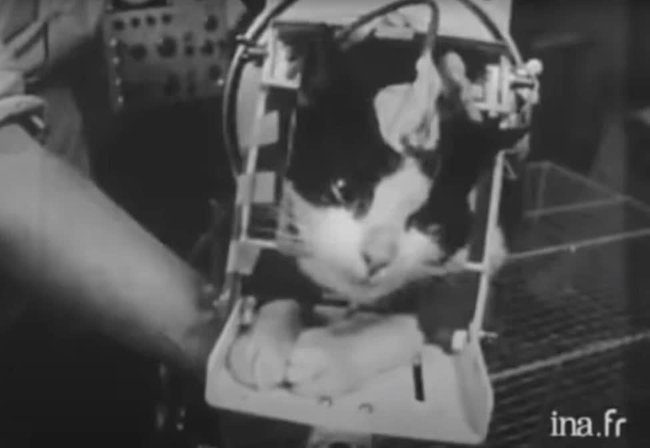
Félicette, the first cat in space, is strapped into an ejection seat to be loaded into the Veronique rocket.
Why was Félicette chosen for the space flight?
Félicette’s story begins in 1961. After a series of successful flights by superpowers sending animals into space, France decided to carry out a project of its own, using cats instead of dogs or monkeys, in the hope of collecting data about the vast universe without using real astronauts.
Fourteen female cats were later acquired by space scientists at the French space center CERMA. To prevent scientists from getting attached to them, the cats were given numbers rather than names. They were fitted with electrodes to record their brain activity. The cats then underwent rigorous and arduous “astronaut training.” To test their reactions to confinement, the cats were placed in small containers for long periods of time. They were also spun around in a centrifuge, simulating the G-forces of a spacecraft’s takeoff and landing.
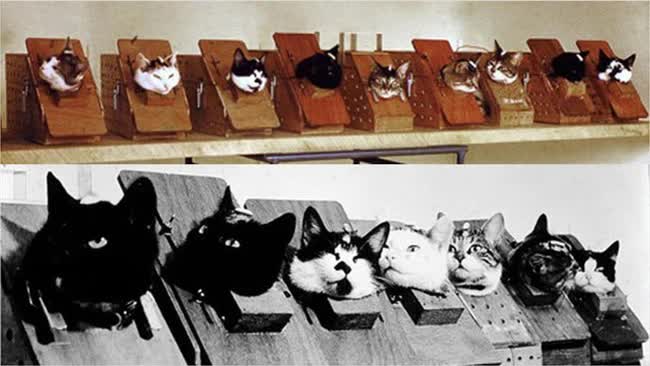
Pictures of cats at “space training camp”
Ultimately, six cats were selected to move on to the next stage, including one then known only as C341.
C341 would not have been selected if the cat originally scheduled to fly into space had not escaped before the mission.
Historic Day When Félicette Flies Out of Earth
Laika the dog flew into orbit atop a tall, bulky Sputnik rocket, very similar to the Vostok rocket that would carry Yuri Gagarin. C341’s slender Veronique AGI rocket was much simpler, looking more like a rocket from a child’s drawing. It didn’t even use a conventional launch tower. Instead, its weight was supported by four long legs, like the legs of a Christmas tree stand.
On October 18, 1963, at 8:00 a.m. local time, the Veronique rocket was launched from the French Special Vehicles Test Center in the middle of the Sahara Desert in Algeria, carrying the little cat.
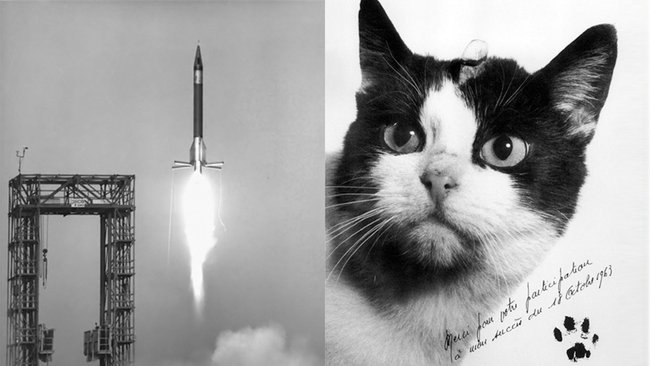
The C341 was an unexpected choice.
Encased in her capsule, the tiny C341 experienced 9.5 g’s of pressure, nearly double the g’s the Apollo astronauts endured when they launched to the Moon, at speeds five to six times the speed of sound. After reaching an altitude of 157km, C341 was only actually in space for about five minutes. Inside her capsule, she couldn’t see Earth.
As the rocket began its descent, the capsule separated from the booster. C341 experienced “just” 7 g of pressure as the cat fell, until the capsule’s parachute opened. Thirteen minutes after liftoff, the cone capsule landed, leaving C341 hanging upside down, until a helicopter arrived and picked her up.
With C341 safely back on Earth, it was time for France to tell the world about its flight. And so the world’s first cat in space finally had a name: Félicette.
The Forgotten End
Sadly, like Laika, Félicette’s story does not have a happy ending.
Two months after landing, the brave cat had to be euthanized so that scientists could conduct an autopsy. Their goal from the start was to study how Félicette’s body had been affected by the flight.
They later concluded that they had learned nothing useful from studying Félicette’s body. No more cats have flown into space since then, and France has never sent its own astronauts into space.
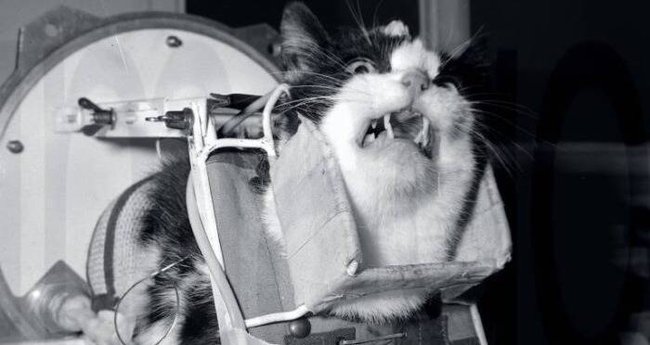
Félicette was killed by researchers for research purposes.
Despite her sacrifice for science, Félicette has never been mentioned again. She has not been honored, her image has not been printed on stamps, and no media has praised her as a “hero cat” like other animals who shared the same mission to fly into space. Félicette has been forgotten mainly because French scientists did not succeed as expected with their project.
Many years later, Félicette’s story was “dug up” by space enthusiasts. In 2019, a lovely statue of the cat was unveiled at the International Space University Campus in Strasbourg.

Fans make their own statues of Félicette in memory of her
Source: Smithsonian Magazine

